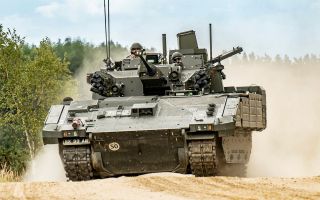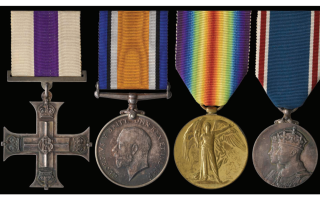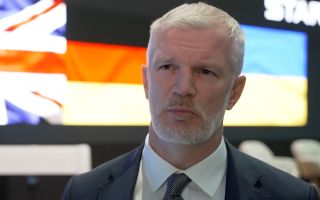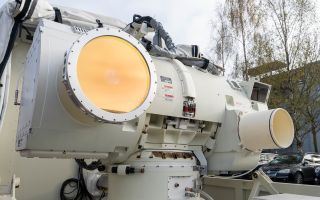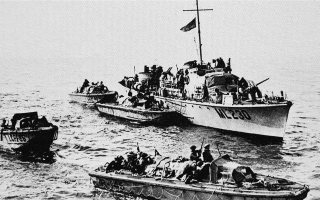Parade Marks 50th Anniversary Of The Royal Irish Rangers
Over 400 Northern Irish veterans were on parade in Belfast on Old Soldiers Day, to mark the 50th anniversary of the Royal Irish Rangers.
The event at Palace Barracks, in Holywood, was also a chance for Northern Irish veterans to get together.
The Royal Irish Rangers brought together a trio of Northern Irish regiments - The Royal Inniskilling Fusiliers, The Royal Ulster Rifles and The Royal Irish Fusiliers.
General Sir Roger Wheeler, Former Chief Of The General Staff and commanded 2nd Royal Irish Rangers, explained how the regiment was formed:
"The character of all of our regiments was Irish - and we decided we weren't going to join the green jackets or fusiliers.
"Particularly we wanted our private soldiers to have a rank that was distinguishable from everybody else so we called them Rangers and The Royal Irish Regiment still do."
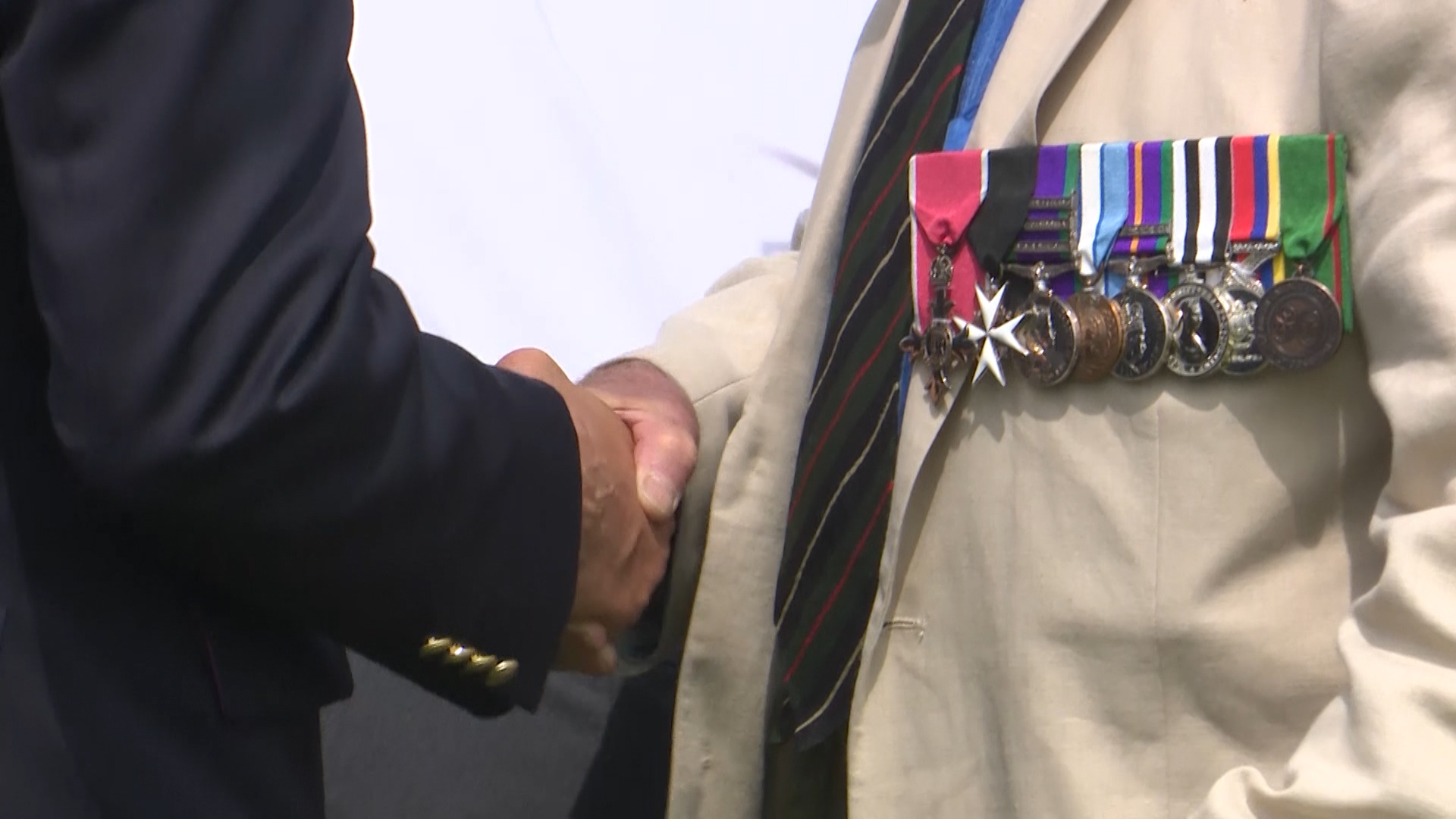
The Royal Irish Rangers served across the world in places like Germany, Cyprus, on public duties and at home.
General Philip Trousdell, Former General Officer Commanding Northern Ireland, who was one of the first Royal Irish Rangers Officers said he joined after watching family members go into the Fusiliers.
"My grandfather was in the Irish Fusiliers in the first world war, my father joined before the second world war - his three brothers were in the Irish Fusiliers and I looked at this lot and thought I must go and do that for three years - I never got round to leaving."
"Walking around here today, there are people who were Junior Non-Commissioned Officers in my first platoon - we know each other, it's formattable - it's very powerful."
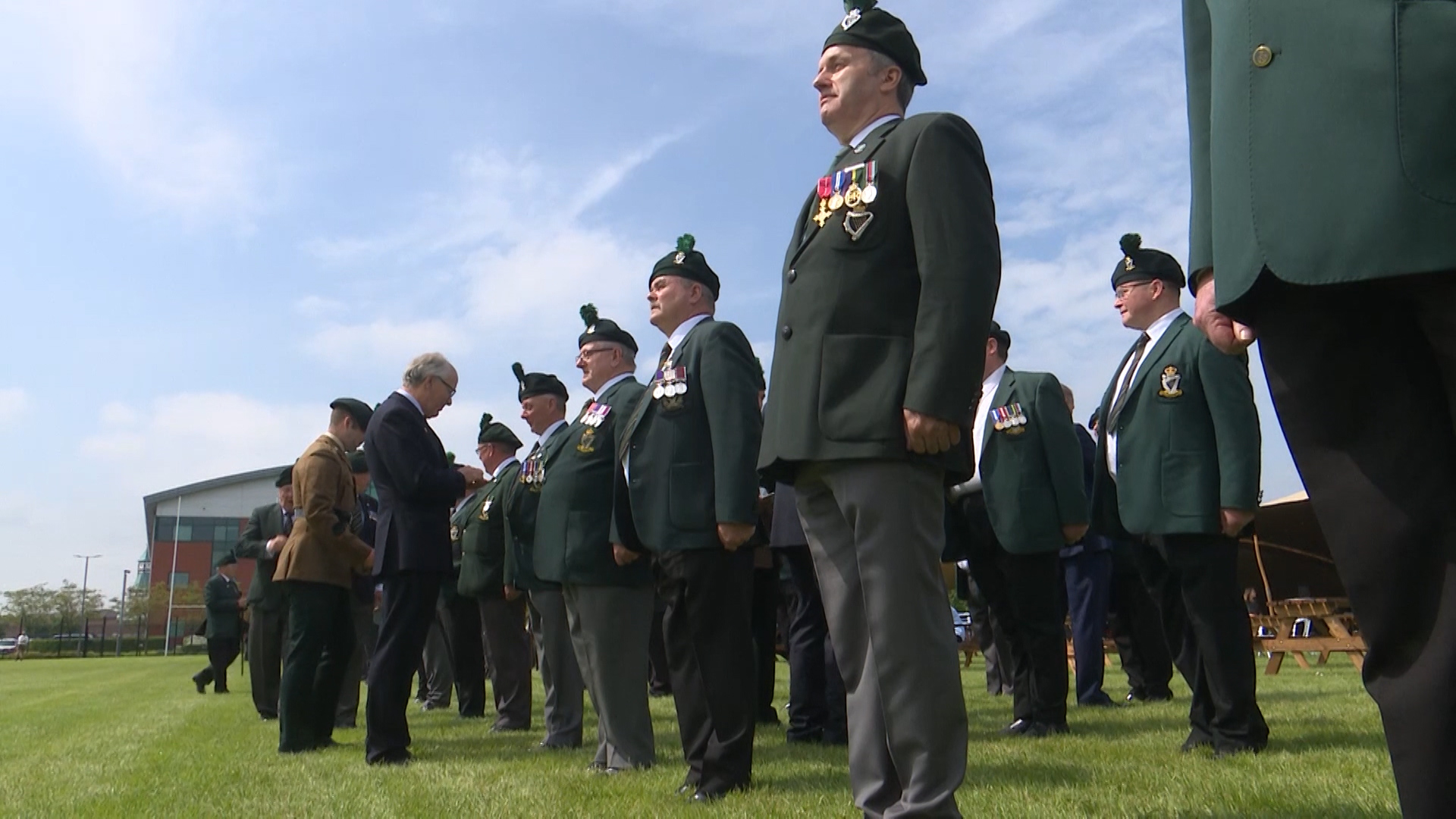
At the event, veterans on parade were inspected, and pins presented to remember the 50th anniversary of the Royal Irish Rangers.
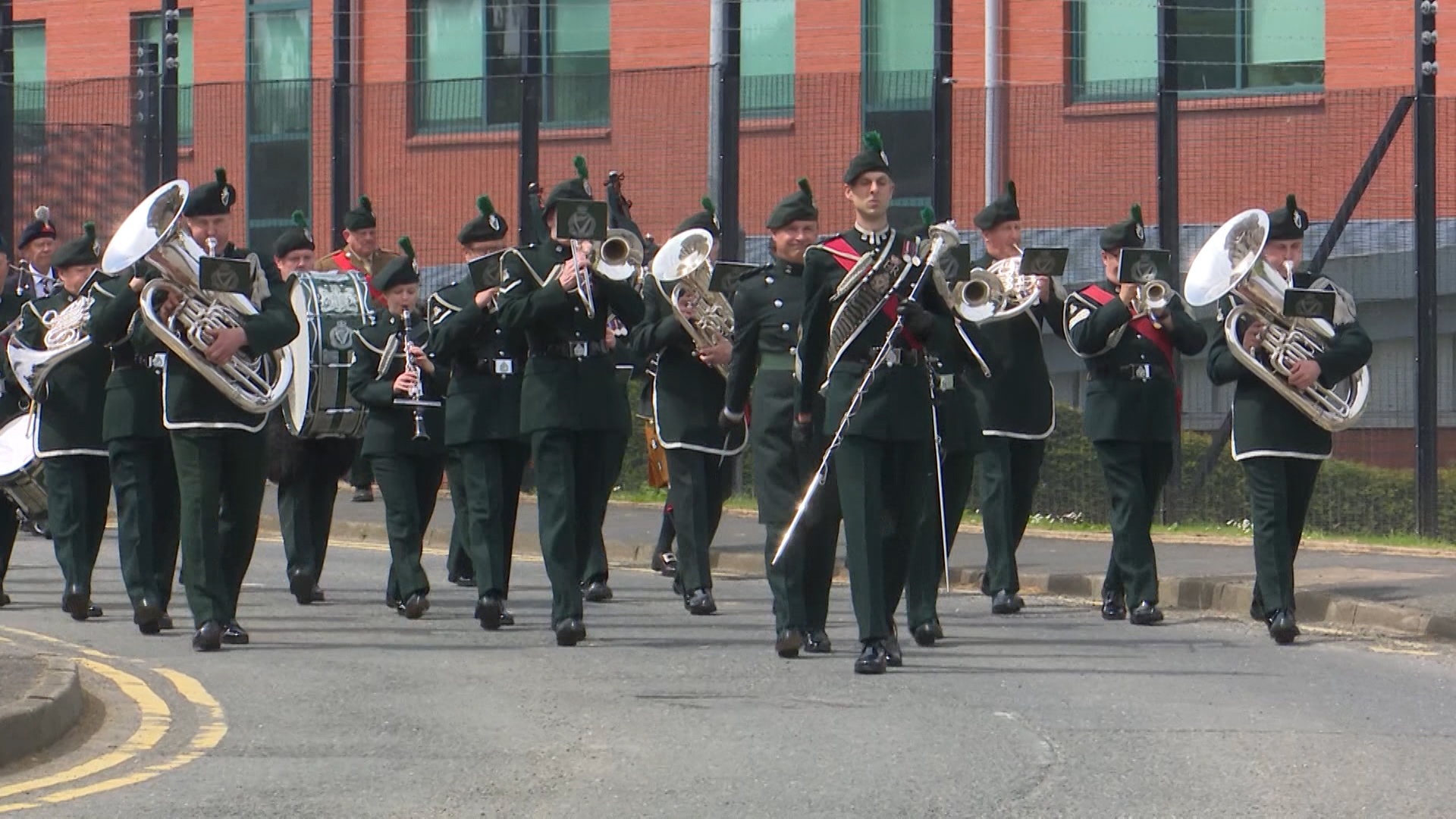
There was also was music from the Band, Pipes and Drums of the Royal Irish Regiment.
It was merged with Old Soldiers Day, annual veterans get together.
The Royal Irish Rangers were relatively short-lived – merging with the Ulster Defence Regiment in 1992 to form today's Royal Irish Regiment.
But it has centuries of tradition behind it - remaining the oldest and last Irish regiment of the line.


